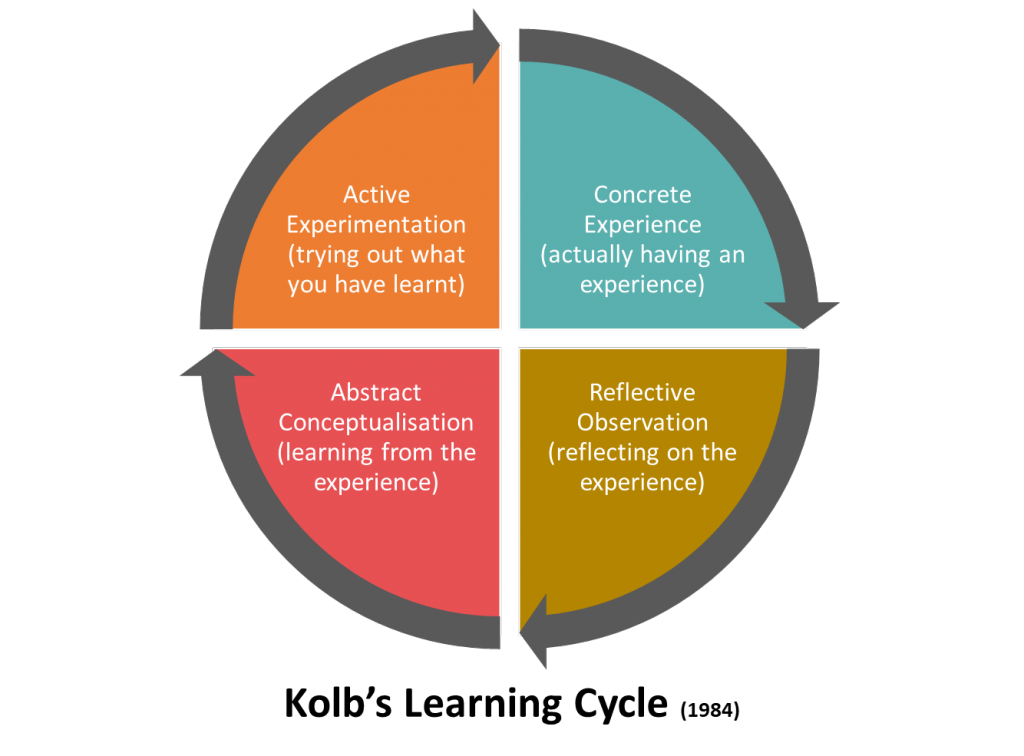Conducting successful 360-Degree Feedback
Multi source assessments, 360 degree feedback as the process is more often called, are where feedback is sought by an individual from themselves, his/her peers, customers, stakeholders, superiors and subordinates or any combination. The assessee must always be one of the respondents because their opinion of themselves is at the very heart of the assessment.
Multi-source assessment is a very sensitive activity that touches people to the very core of their personality. As such, it should be completed sensitively and empathically.
In our experience of conducting multi source assessment for our clients, these are some of the factors that have resulted in a successful outcome.
CULTURE
Organisations that have used multi source assessment successfully have a positive culture, where openness and trust is a given and honest feedback is part of a constructive continuous improvement strategy, in terms of both the organisation and the individual.
CONFIDENTIALITY
Multi Source assessment is best undertaken in a situation where confidentiality can be guaranteed and maintained. The main reason that organisations have come to us to conduct their 360 feedback is that we can provide an external, impartial and anonymous service. This encourages candid responses from all participants.
QUESTIONNAIRE
The questionnaire itself is a major factor in the success of the multi source assessment process. It’s vital that the questions are written in a clear manor, with no element of ambiguity at all. It’s always helpful to include open ended comments, as these often provide excellent insight into the reason for the answers given as well as giving the participant a chance to add their own views. We would recommend that these are optional though, as having to make personal comments can make some people feel uncomfortable.
COMMUNICATION
Organisations should have a clear communication strategy for disseminating the purpose aims and intentions of the multi source assessment project. Crucially, when considering the process, organisations should make sure they have buy-in from all the participants involved before the process is started. We often conduct assessments from the top down, with the senior leadership team undergoing 360 reviews first then rolling out the process to middle managers. This shows everyone in the organisation that the leadership team are leading by example.
SUPPORT
Be supportive of individuals post assessment. Give the assesse time to digest and accept the feedback and ensure they have the opportunity to discuss it in confidence at a time and place to suit them. There may some difficult aspects, but focus on opportunities for the assessee to develop and improve their skills, behaviours and working relationships. Assessees should be able to agree a personal, needs led development plan as a result of the process.
Finally, here are a few ‘Don’ts’ which should go without saying every time…
- Don’t conduct a 360 for anyone who isn’t fully on-board
- Don’t link the outcome of the process to merit, pay or reward
- Don’t use any negative feedback punitively towards the assesse
- Don’t use the 360 process in isolation, without follow up actions or post-assessment support
- Don’t compromise confidentiality
- Don’t produce excessively long, wordy outcome reports that lack clarity
Find out more…
INSPIRING offers a huge range of options when it comes to feedback, from a full 360-degree assessment to a more focused approach. This enables you to choose the option that is best for your business needs, helping you to get the feedback you require. Call us on 0800 612 3098 or email info@inspiring.uk.com for more information.





